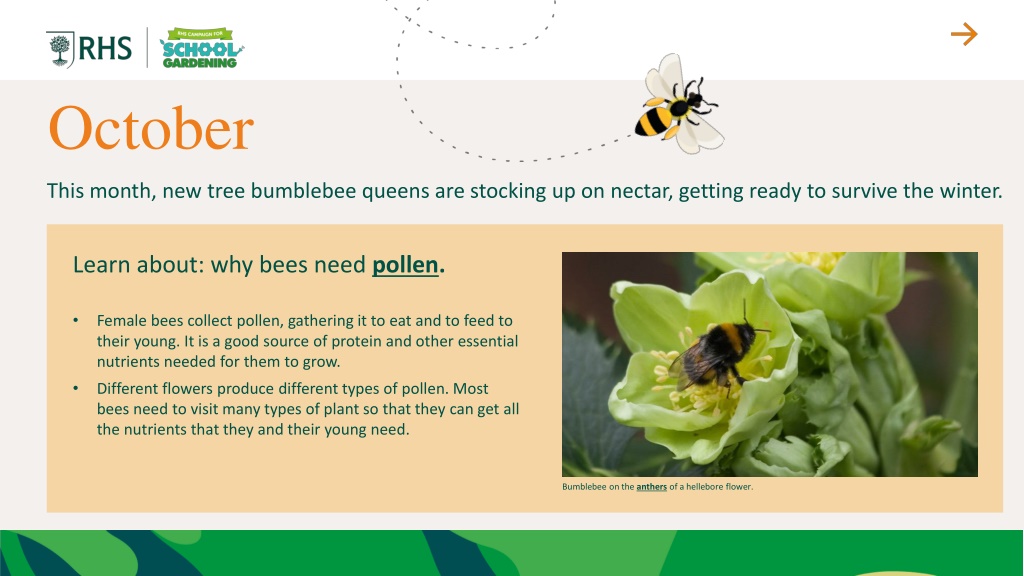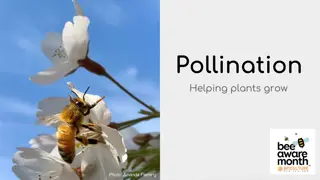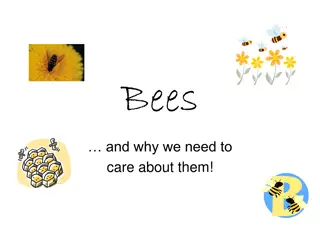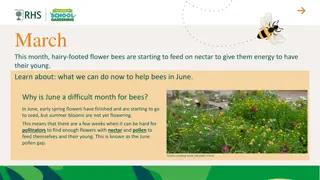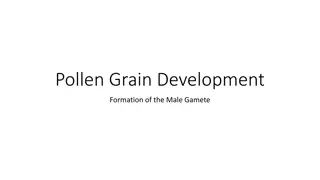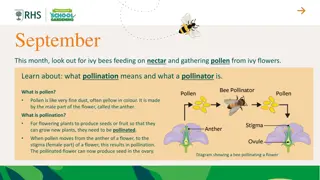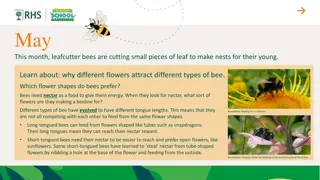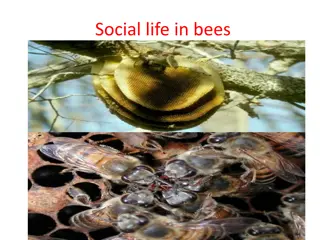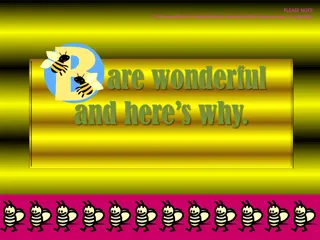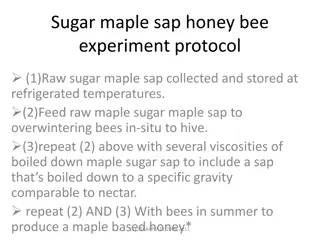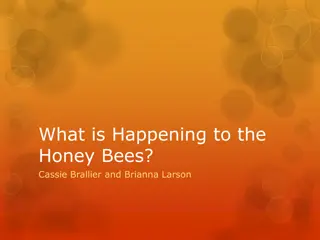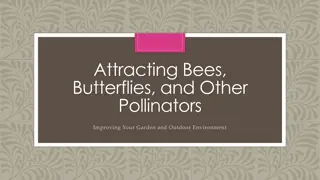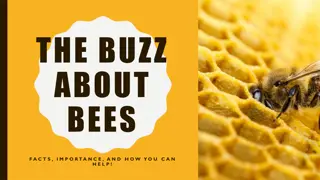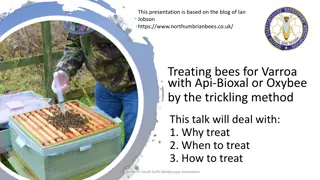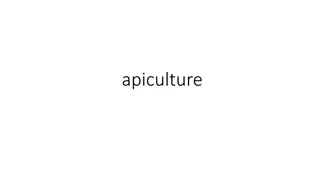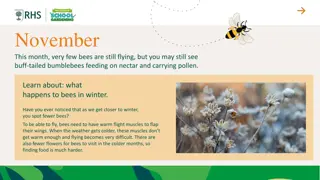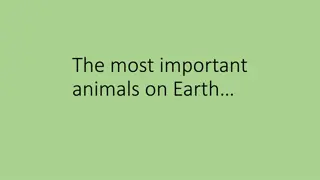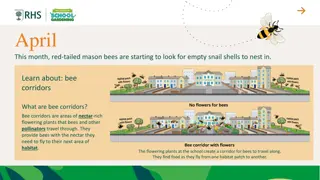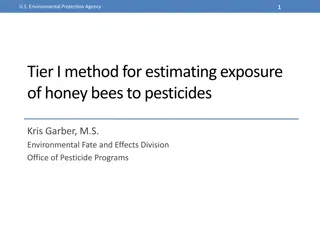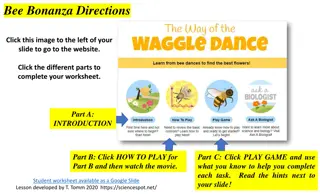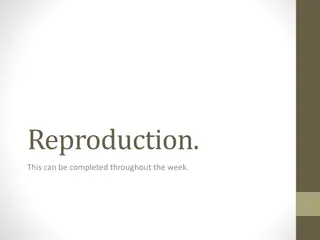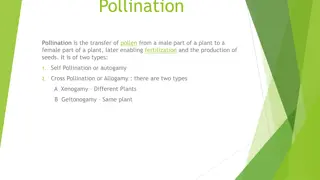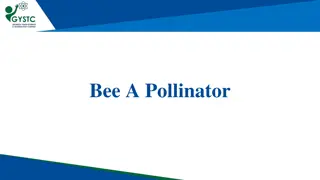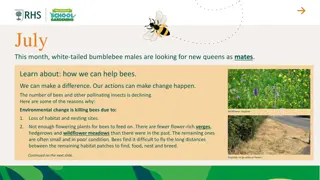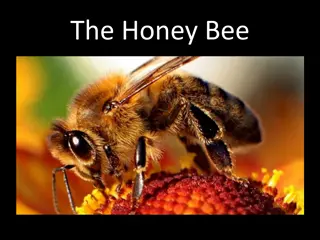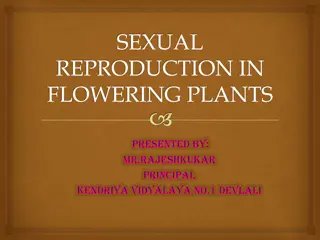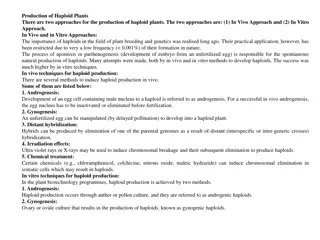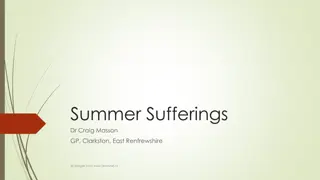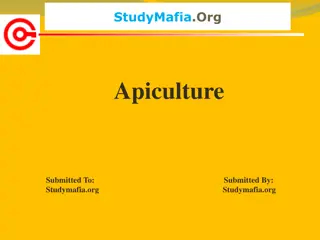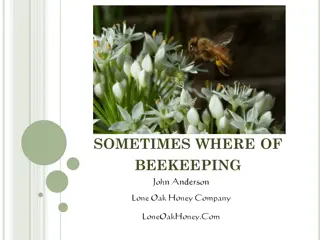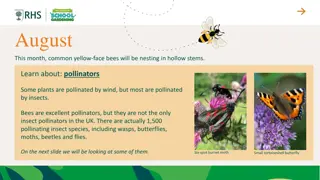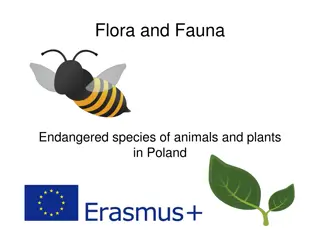Understanding the Importance of Pollen for Bees in October
New tree bumblebee queens in October are busy gathering nectar for winter survival. Discover why bees need pollen, how they collect it, and the vital role it plays in their growth and nutrition. Explore different ways bees carry pollen and engage in a learning activity to spot bees with pollen. Delve into the world of bees, pollen baskets, and the essential nutrients found in pollen.
Download Presentation

Please find below an Image/Link to download the presentation.
The content on the website is provided AS IS for your information and personal use only. It may not be sold, licensed, or shared on other websites without obtaining consent from the author. Download presentation by click this link. If you encounter any issues during the download, it is possible that the publisher has removed the file from their server.
E N D
Presentation Transcript
October This month, new tree bumblebee queens are stocking up on nectar, getting ready to survive the winter. Learn about: why bees need pollen. Female bees collect pollen, gathering it to eat and to feed to their young. It is a good source of protein and other essential nutrients needed for them to grow. Different flowers produce different types of pollen. Most bees need to visit many types of plant so that they can get all the nutrients that they and their young need. Bumblebee on the anthers of a hellebore flower.
Different ways bees carry pollen back to their nests Female bees use a variety of different ways to carry pollen back to their nests. Honeybees and bumblebees have pollen baskets on their back legs. These are shiny shallow dish-like areas which can hold onto a ball of pollen. The pollen in these baskets can be different colours depending on which flowers the bees have been collecting from: white, yellow, orange, pink or even blue. Some solitary bees have a 'pollen brush' called a scopa, made up of a mass of long hairs under their bodies or on their hind legs. The bee takes the pollen back to the nest and makes it into a ball. This is then placed in a cell next to an egg, for the larva to eat when it hatches. Bee with pollen on scopa Bumblebees with pollen baskets on their back legs
Learning activity: look for bees carrying pollen. Go outside and find some flowers. Look for any bees visiting them. Can you see any pollen stuck on the bees or collected in the pollen baskets on their legs? Remember just to look and not to touch. Honeybee on a sunflower with pollen baskets full of pollen
Home | Pollen Dust-like grains, produced by the male parts of flowers.
Home | Anthers Male parts of a flower that produce pollen.
Home | Larva (larvae is plural) The active young stage of an insect, usually referring to those insects that go through a stage where the larva looks very different to the adult e.g. caterpillar (larva) and butterfly (adult).
Home | Cell A space to protect young and to store pollen and honey, created by bees from wax.
